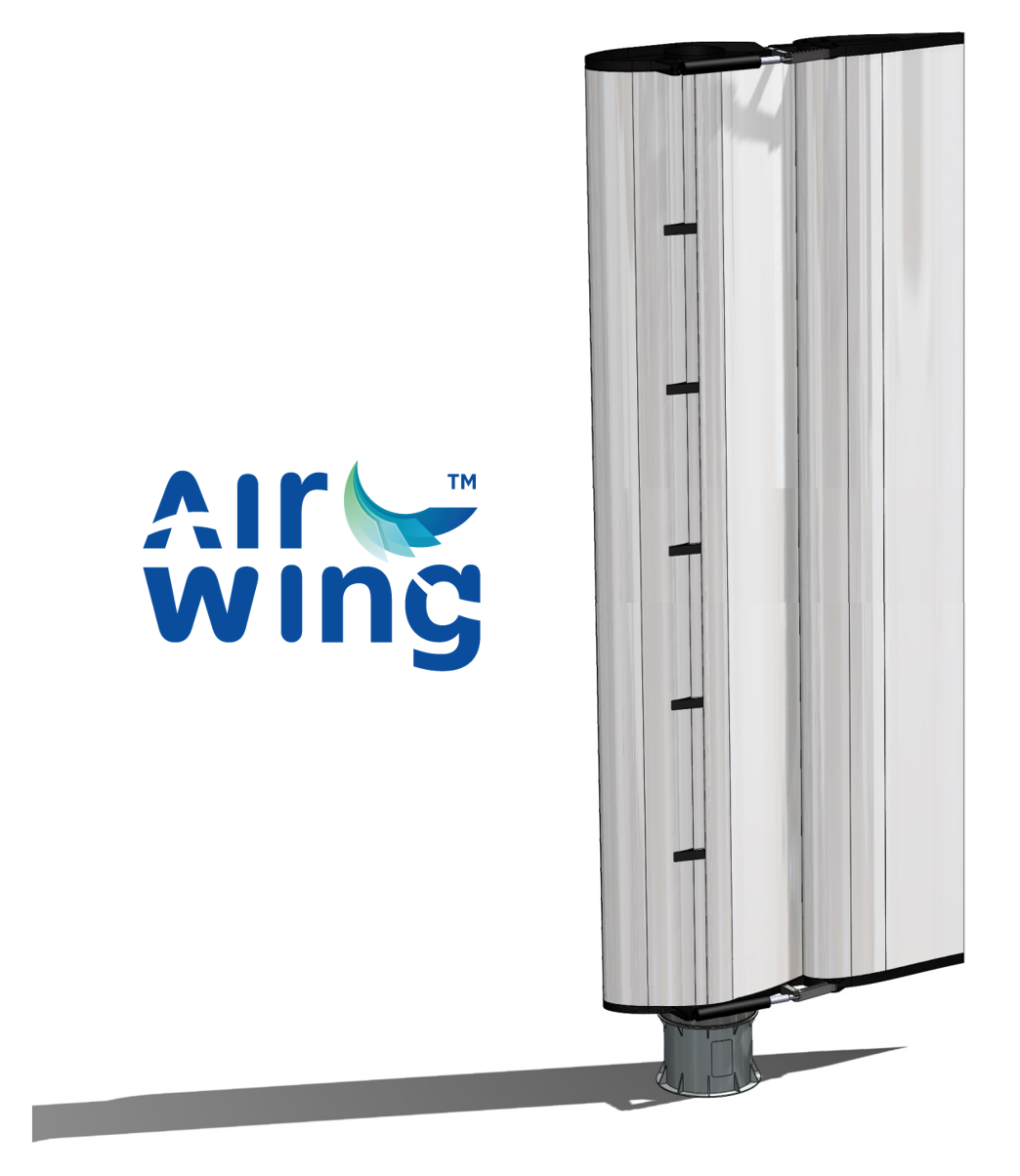UKRI infographic highlights how the oceans are under threat, but part of the solutiuon too
It will come as no surprise that one of the biggest threats to ocean health is the impact of climate change. There is much discussion around ocean conservation and the challenges that our oceans face as a result of human activity and unsustainable practices. Marine life is already suffering the consequences of rising sea temperatures and acidification caused by carbon dioxide gas in the atmosphere dissolving into the ocean.
Fortunately, the sea itself is part of the solution. The world’s oceans play a critical role in sustaining life on land, providing oxygen, nutrients and absorbing carbon dioxide. The oceans are one of the planet’s most abundant sources of renewable energy – they transport heat from the equator to the poles, regulating our climate and weather patterns.
The ocean is a force for good when it comes to the low carbon transition and UK Research and Innovation (URKI) has produced an Oceans for Good infographic highlighting some of the many benefits and resources we glean from our oceans.
Celebrating the power of the ocean
Some of the key statistics highlighted in the infographic include;
- 15% of the UK’s current electricity demand could be delivered by wave energy
- 30GW of offshore wind capacity could be installed in the UK by 2030
- 50-60% of the economic benefit of wave energy is expected to be generated in coastal areas, providing jobs and growth for coastal communities
- 3.5 billion people depend on the ocean as their primary source of food
- 90% of world trade is carried across the oceans
Much of the ocean science data comes from the Wave Energy Innovation Position Paper, written by the Supergen Offshore Renewable Energy Hub, an Engineering and Physical Sciences Research Council (EPSRC) funded-programme that aims to accelerate the development of offshore wind, wave and tidal technology for the benefit of society.
Other statistics derive from the Plymouth Marine Laboratory, a charity that aims to develop and apply innovative marine science to ensure a sustainable future for our ocean.
Ocean-energy technologies

Oceans cover more than 70% of the earth’s surface, making them the world’s largest solar collectors. The ocean is essentially a natural engine, converting solar energy into mechanical and thermal energy. The water on the planet is in constant motion and ocean-energy technologies use the predictable currents produced by the tides and the natural differences in seawater temperatures and salinity.
And the good news – ocean-energy technology needs no fuel and produces no emissions. Once installed, these machines can continue to produce power – without pollution – for decades. Installing more ocean energy also gives a boost to other carbon-free, renewable energy sources, such as wind and solar power. New technologies are being developed to plug into the ocean’s enormous stores of green energy, including wave energy, tidal energy, thermal energy, and offshore wind. Wave power alone has an estimated global potential of around 1,000-10,000 GW – in the same order of magnitude as the world’s electricity consumption.
Ocean farming
Fish and other aquatic foods present an opportunity for more sustainable diets. Ocean farming, or aquaculture, has increased by more than 1,000% in recent years and could be conservation’s secret weapon. Farming in the right places, with the right species and the right practices, will benefit human and environmental health. Ocean food research into plant-based and cell-based seafood, for example, could also help us meet the growing demand for seafood sustainably.

Sustainable seaweed farming and seaweed-based products provide a systemic solution to help turn the tide on climate change, ensure food security and create ‘blue’ jobs and alternative livelihoods for fishing communities. Seaweed absorbs carbon dioxide, helping to decrease ocean eutrophication as well as having the power to reduce greenhouse gas emissions when used in cattle feed. It can lower methane production from beef cattle by up to 99%.
The development of new 300-tonne mining machines has enabled the harvesting of minerals in some of the deepest parts of the sea, uncovering portions of the seafloor rich in gold, platinum, cobalt and rare earth elements that have been out of reach until now.
Shipping
The main transport mode for global trade is ocean shipping: around 90% of world trade is carried over the waves, with the average size of a container ship doubling in the past 20 years, some capable of hauling 24,000 containers. Without the shipping industry, intercontinental trade, the bulk transport of raw materials, and the import/export of affordable food and manufactured goods would not be possible.
Fathom World aspires to be the place to find the latest news about the transformation of the maritime and ocean industries. See our latest developments in creating a sustainable ocean and shipping space.

































